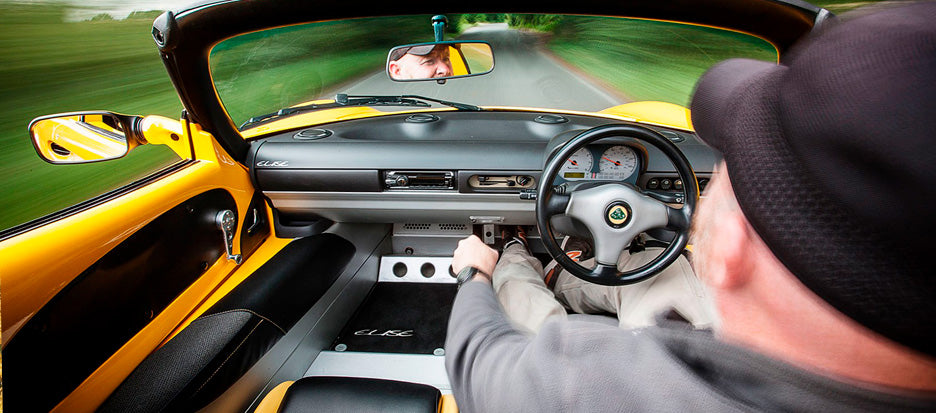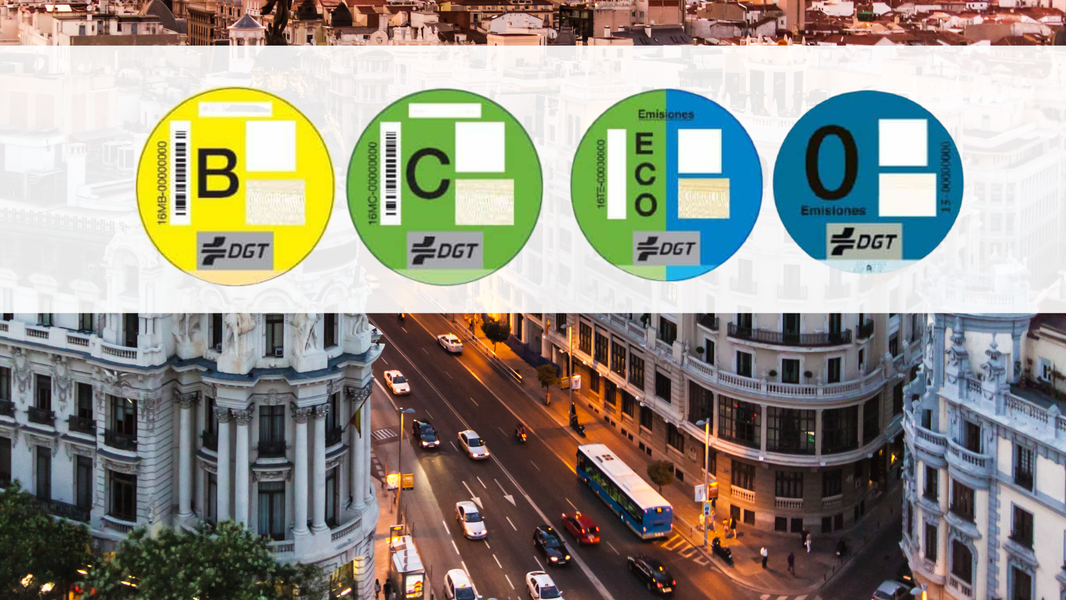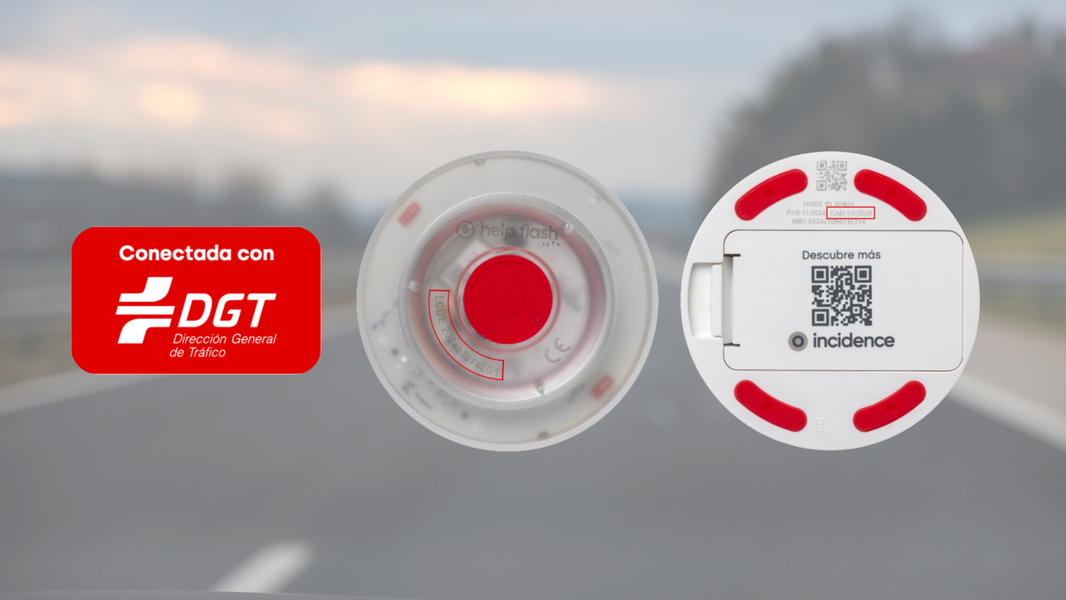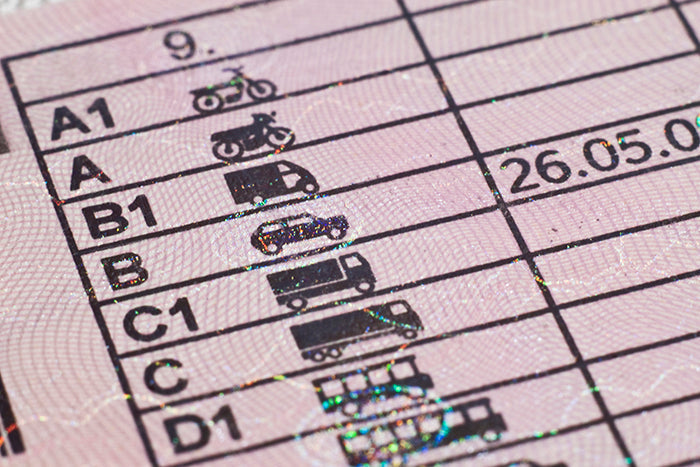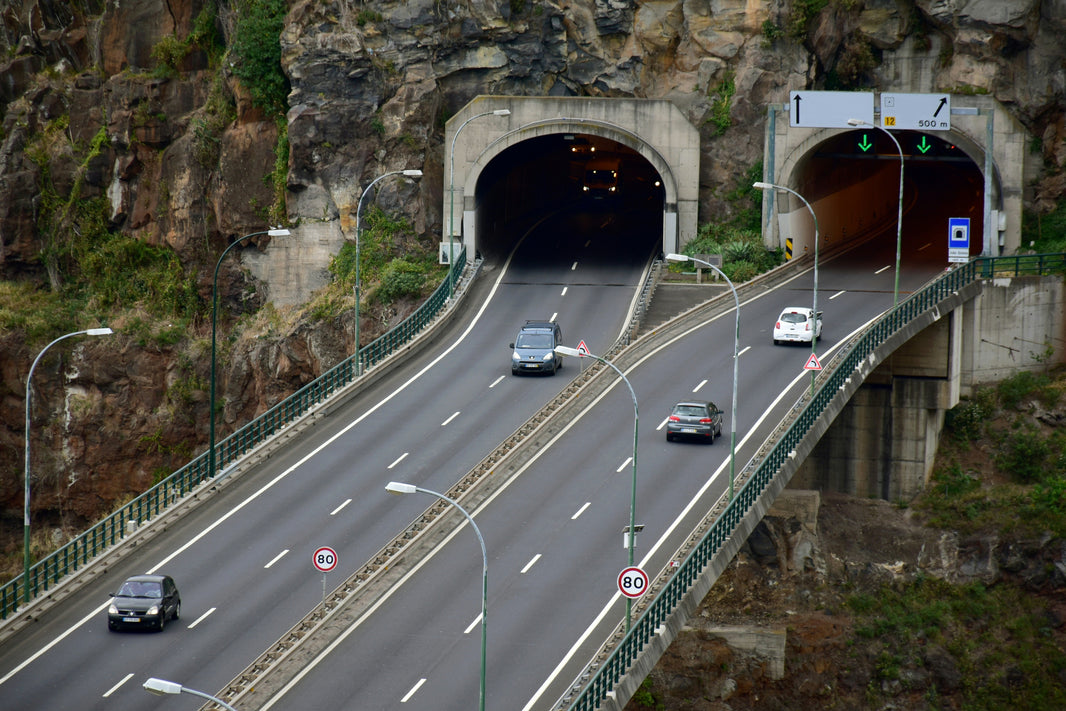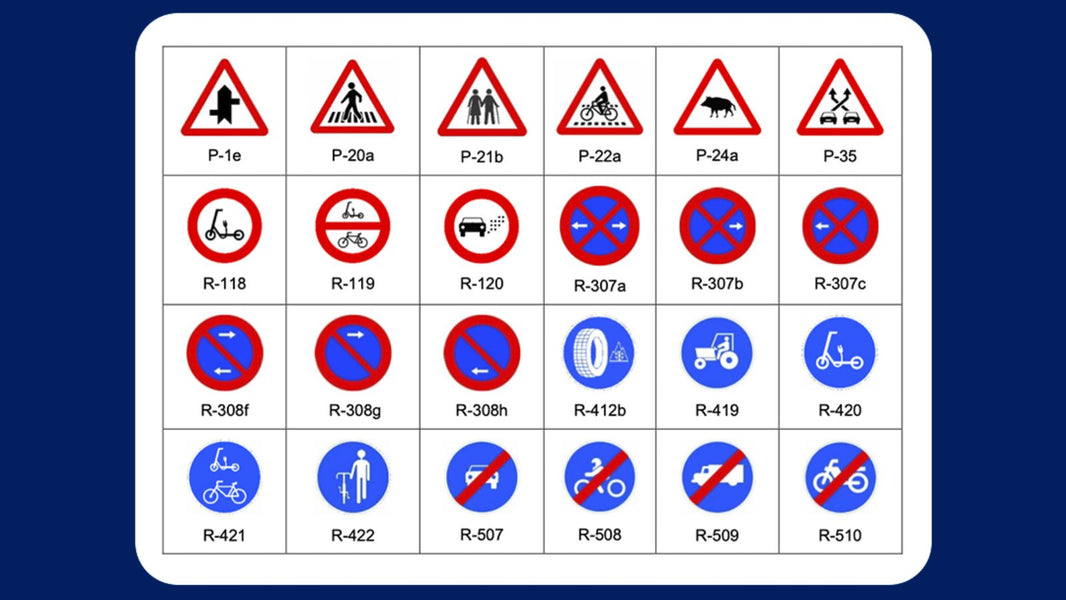A look back at history explains why people drive on the right in Spain.
In our country, like many others, we drive on the right, but there are other nations where we drive on the left. Have you ever wondered why? The reasons for this date back to before highways connected roads and cars traveled along them.
The origin of driving on the left dates back to Roman times.
According to research, a group of archaeologists in 1988 found furrows that were more worn on the left side. This is logical, since the vast majority of the population was right-handed, and riding on the left side allowed them to ride on horseback and defend themselves with their right hand against potential attacks. This tradition continued with the arrival of the carriage and spread to numerous territories. Great Britain was one of the countries that maintained this custom, as were many neighboring nations. A custom that is still preserved today.
Driving on the right has Napoleonic origins
On the other hand, if the origin of driving on the left dates back to the Romans, driving on the right dates back to Napoleon's time. It was after the French Revolution (1799) that Napoleon Bonaparte introduced important changes in Europe, including the mandatory right-hand traffic requirement. This practice became established in France and eventually spread to all countries where the emperor had influence. Some say this rule was imposed because Napoleon was left-handed; others, however, believe it was based on a motivation to break with the rules of the Ancien Régime.
Ford Model 'T' spread right-hand driving worldwide
The most recent historical event was the case of the United States, one of the first countries to decide to drive on the right, as in Spain. According to the DGT (Directorate General of Traffic), the first cars manufactured positioned the steering wheel as they saw fit: on the right, in the center, or on the left. The change came with the distribution of Ford Model T cars, which had a steering wheel on the right side and drove in the same direction. The expansion of this model imposed right-hand traffic worldwide. This regulation was strengthened in Europe with the Geneva Convention on Road Traffic in 1949, which established that each country's decision regarding the direction of travel should be generalized throughout its territory.
In Spain, driving in each city was one way.
In Spain, until the early 20th century, Barcelona drove on the right and Madrid on the left, which caused traffic chaos and a large number of accidents. It wasn't until 1924 that Madrid regulated traffic on the right. Since then, everyone in Spain drives on the right.
